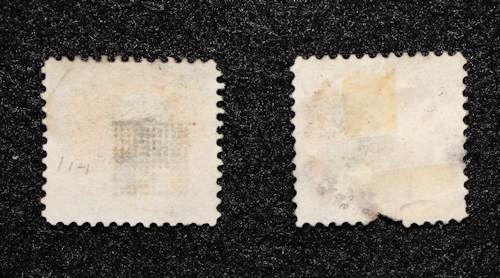![]()
I have a youtube channel with over 1000 Videos!
Stamp Stuff
- Stamp Collecting Home
- How to Get Started
- Stamp Collecting Ideas
- How to Soak Stamps
- How to Find the Watermark on stamps .
- Finding the Grill on stamps
- Evaluating Stamps
- Identifying Stamps
- About Stamp Mounts
- How to remove self adhesive stamps
- Stamp Collecting Prices
- Stamp Collecting for kids
- Is Your Stamp Collection Worth Anything?
Stamp Projects
More stamp stuff
- My stamp collecting Articles
- Buy some stamps
- U.S. Stamp History and Timeline
- A visit to a stamp show
- Reviews of Stamp Companies
- The Philosophy of Stamp Collecting
- A visit to a local stamp club
- Stamp Collecting words, terms and definitions
- Free downloadable stamp collecting books
- Stamp Collecting on Facebook
- Investing in stamps
- Rare Stamps
- Donate Stamps for veterans
Supplies books and More
- Stamp Collecting Supplies
- Kits for Beginners
- Stamp Collecting Books
- Stamp collecting clubs and societies
- Stamp Albums
- Stock Books
- Topical Stamps
- Glassines
- Stamp Software
- Stamp Collecting on Amazon
- Gifts for Stamp Collectors
Collecting U.S Stamps
- Articles about collecting US Stamps
- The Columbians series of stamps
- The Trans-Mississippi series
- The Pan-American series
- US Stamp Timeline
You Might Also Like
- Beekeeping
- Blacksmithing
- Dioramas
- For Writers
- Goldfish
- Hobbies
- Leathercrafting
- Military Dioramas
- Miniatures
- Model Rockets
- Origami
- RC Airplanes
- Science Projects
- Telescopes/Astronomy
More Stuff
- My Medieval Blog
- Medieval Website
- Medieval Castles
- Telescope Nerd
- Contribute to my Website
- Privacy Policy
- About
- Contact

- Support Will with Patreon or PayPal

Hi, Thanks for visiting my website. My name is Will and if you have questions
or would like to
contribute projects or ideas you can contact me 






